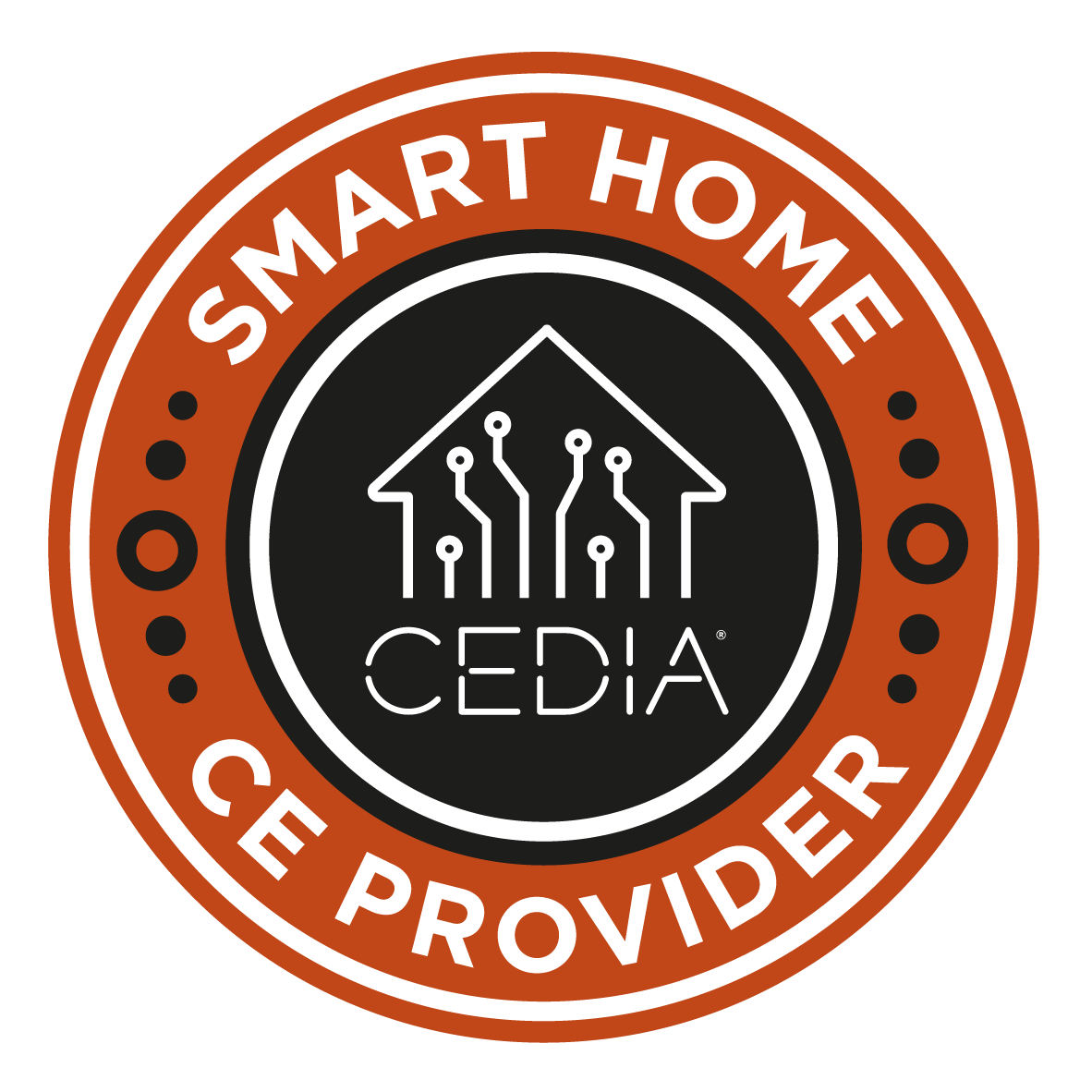PAC will stay open as a federally mandated essential business
As businesses close throughout the country to aid in social distancing and halting the spread of COVID-19, we have been designated by the government as an essential business that may remain open to support our community during this time. That being said, we’re not conducting business as usual. Your safety is greatly important to us, which is why we’ve implemented special steps to protect clients and staff during the COVID-19 outbreak in the US. You can explore the steps we’ve taken here.
Technology integrators have been labeled an essential business by the Department of Homeland Security Cybersecurity and Infrastructure Agency (CISA) in large part since we’re vital to homeowners setting up home offices and learning environments. Integrators are also recognized for their role in keeping a strong networking infrastructure throughout the country as other essential organizations also need support during this challenging time.
During this critical period, we are committed to helping our clients stay connected, support remote learning for the nation’s children, and protect our clients’ properties and families.
Though networking and communications infrastructure are the primary reasons for our essential business designation, we will also be available for any service, support, and installation of vital home technology systems including security, surveillance, lighting control, entertainment, and more. A strong network is essential for much of the country right now, and we are here to support your needs.
PAC is following and exceeding CDC and WHO guidelines to the point that we are wiping phones down. We are still going into homes but are calling prior to doing so, in order to make sure no one has been sick or quarantined. Our team wants to ensure social distancing is practiced in the house, and we will clean as we go through the house and before we leave it.










